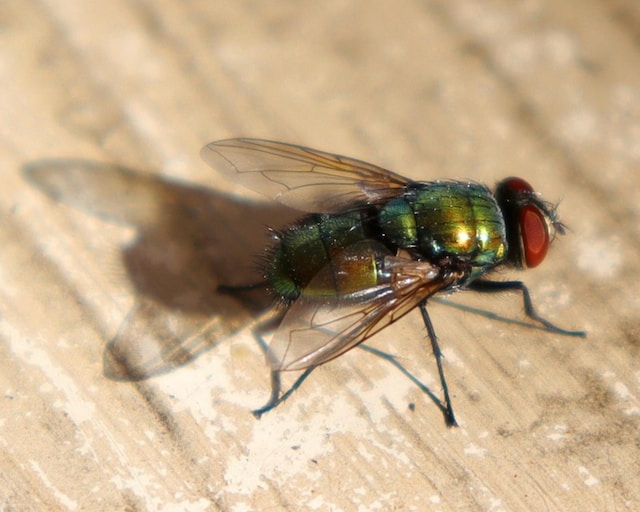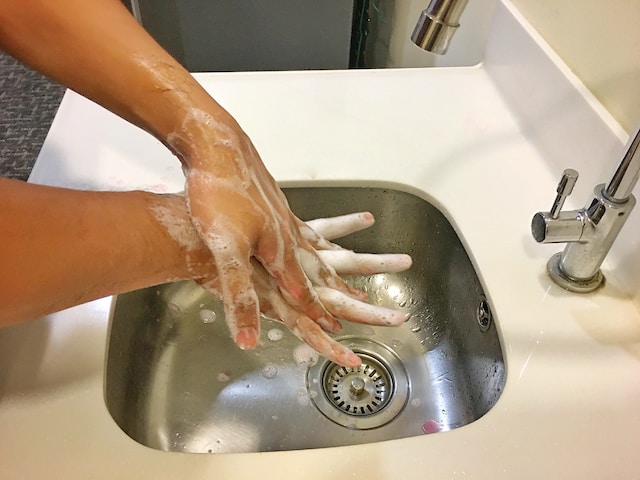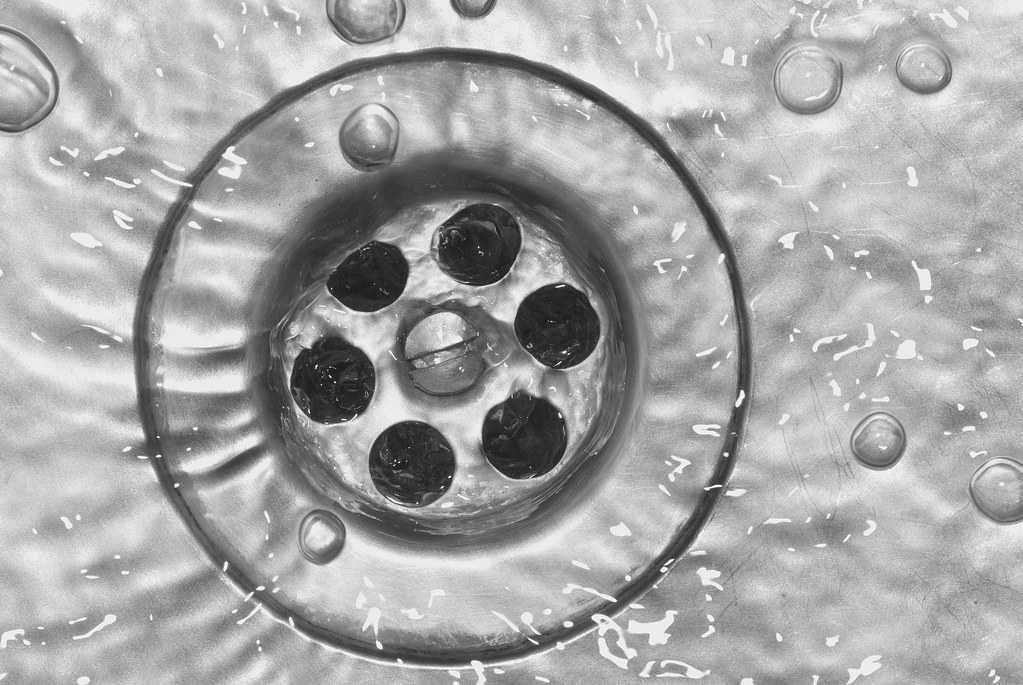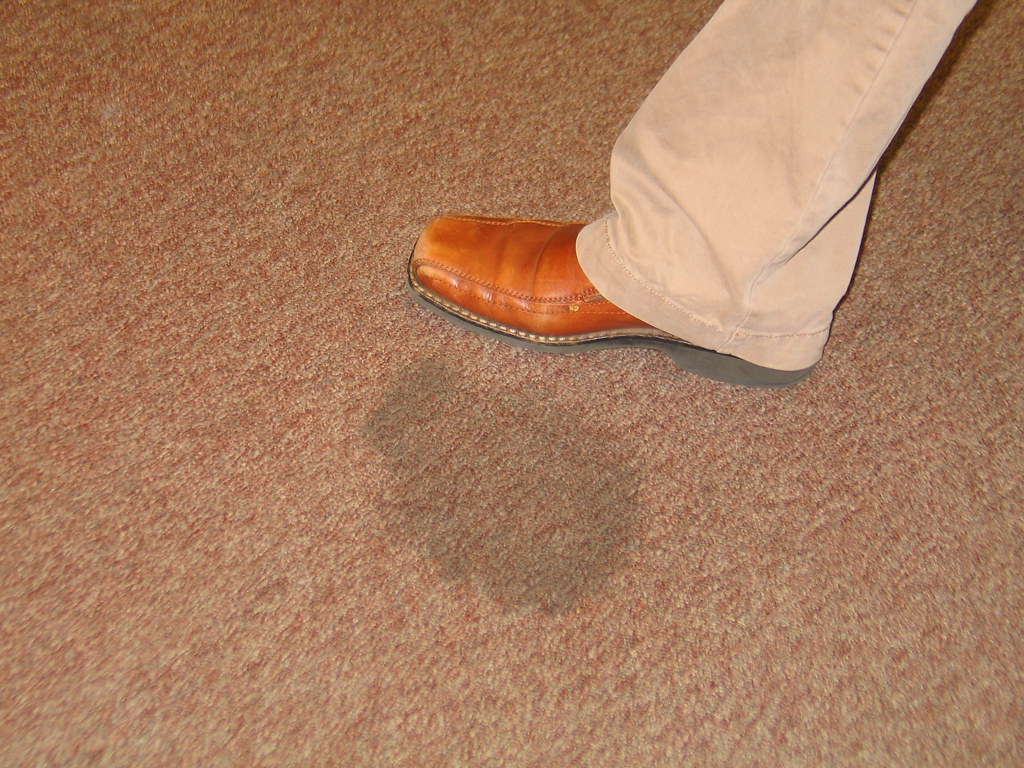In this post, we will more closely examine conventional sanitizers and disinfectants used in schools throughout the country. The good news about traditional sanitizers and disinfectants is that they have proven their value — they can kill germs, bacteria, and other pathogens. They have played a significant role in keeping our kids healthy.
But according to Healthy Schools Network, Inc., the unwelcome news is that traditional “sanitizers and disinfectants also contain toxic chemicals, and persistent exposure to toxic chemicals can cause serious health problems.”
You’ve heard the word “toxic” before in reference to conventional sanitizers, disinfectants, and many traditional cleaning solutions. But you may not know precisely what that means. Again, we turn to the Healthy Schools Network for clarification:
A chemical is toxic if it can cause harm to humans or the natural environment. Some chemicals are more harmful depending on their strength and whether they are used frequently or repeatedly.
The terms “frequently” and “repeatedly” are critical here.
In most cases, and certainly during and since the pandemic, many school custodians use traditional sanitizers and disinfectants daily. But this is often unnecessary. And to make matters worse, they are often used where they are not needed. This has been going on for years. But now we know this can have negative health implications for everyone, including school children.
Here’s why children are especially vulnerable to these toxic chemicals:
Inhalation.
Children breathe more air per pound of body weight than adults, so if there are toxic fumes in the air, they can inhale more, causing breathing and respiratory problems. The fumes also can be absorbed into the bloodstream, where they can have even more negative health impacts.
Their Second Home.
We must remember that our kids spend at least one-third of their day in school. We mentioned earlier that traditional sanitizers and disinfectants are often used everywhere/every day. As the layers of product build up on touchable surfaces, the chances of students touching them and then touching their eyes or mouths increase significantly.
Maturing Immune Systems.
Children have immature immune systems that may not detoxify poisons, which means chemical residues can be absorbed through the skin and carried to body organs.
Ingestion: Children playing in the classroom may be on the floor where they can collect chemicals on their hands. When this happens, those chemicals can be transferred to food items that they consume, once again posing a risk to their health.
Alternatives to Traditional Sanitizers and Disinfectants
Switch to safer sanitizers and disinfectants. While there are no “green” disinfectants in the United States, there certainly are safer ones, and this applies to sanitizers as well. A safer and more effective alternative is to use a citric-acid-based sanitizer and disinfectant. These products are derived from food additives, making them very safe. Further, ProNatural’s LEXX® Disinfectant & Cleaner Solution, has been EPA-certified, ensuring it is effective against many pathogens when used as recommended.
Thoroughly clean surfaces instead of relying on sanitizers or disinfectants. During the worst days of the pandemic, the Centers for Disease Control announced that in most cases, the pathogen that caused COVID-19 could be eliminated just by thoroughly cleaning the surface, for instance using an easy to use/ready to use liquid sanitizer and cleaner solution.
If you must use a conventional sanitizer or disinfectant, be sure to use it correctly. Dilute per manufacturer’s instructions; clean first and then sanitize or disinfect a surface; only use where needed — in high-touch areas that frequently become contaminated. And because we are focusing on children, be sure to keep traditional sanitizers and disinfectants out of their reach. This is crucial.
For more information on healthier sanitizers and disinfectants, contact an expert.






